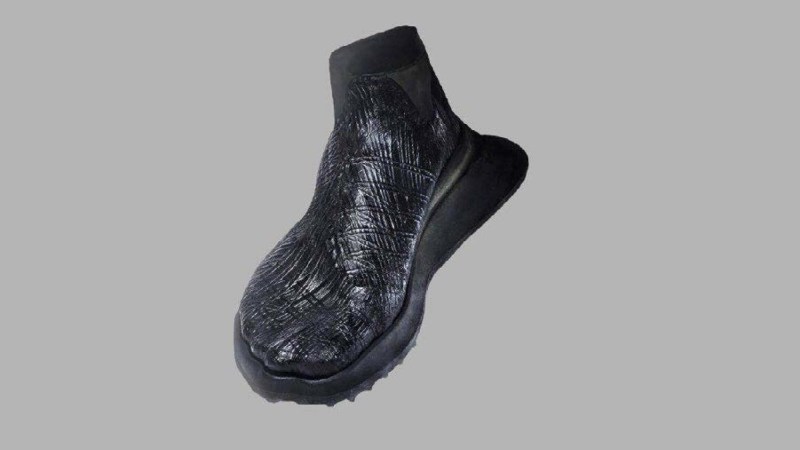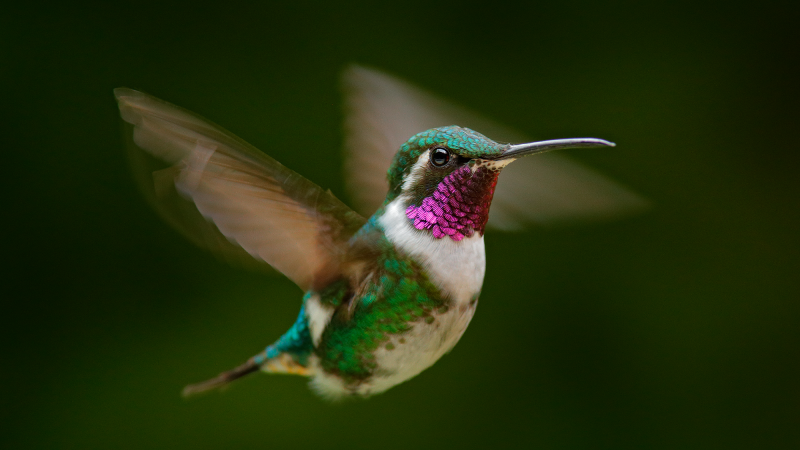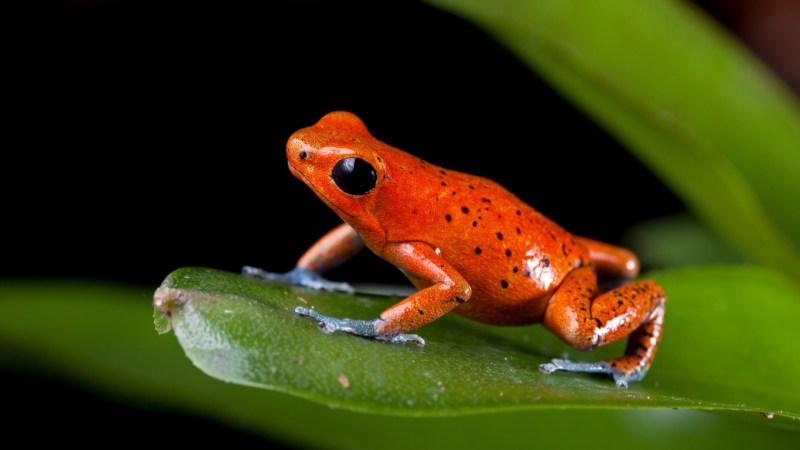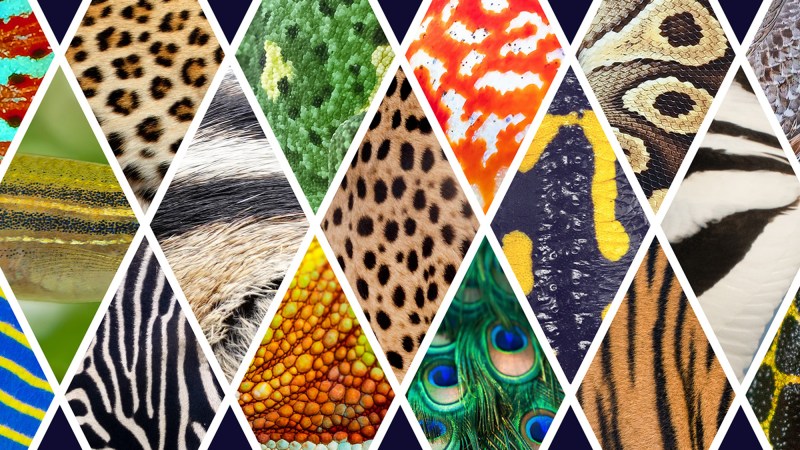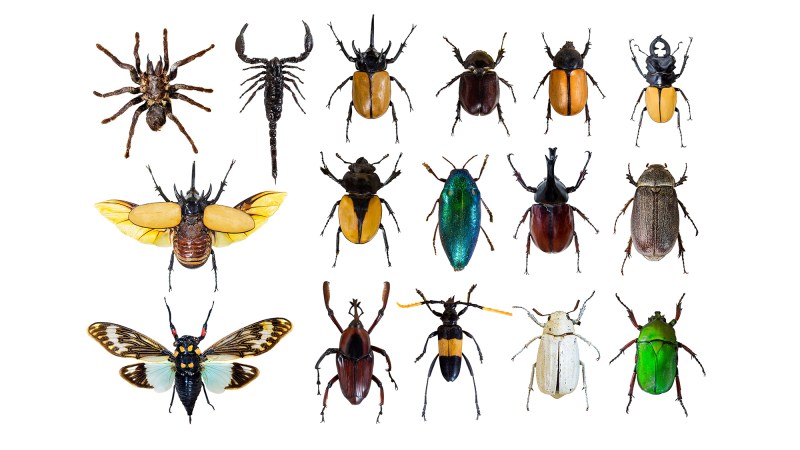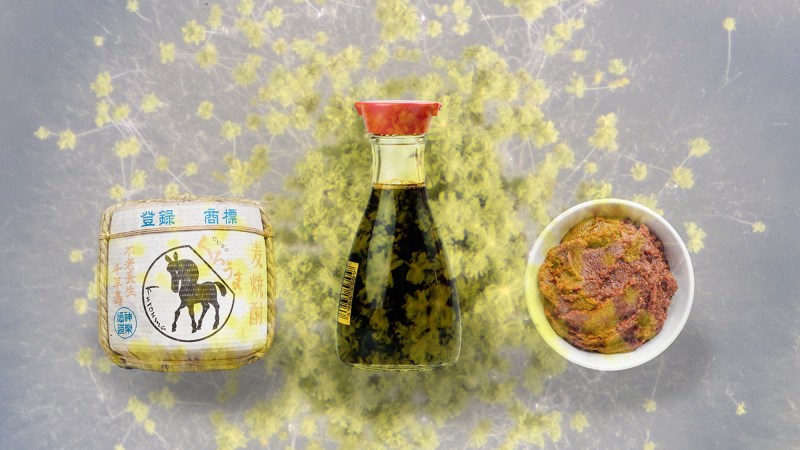

Despite their mostly microscopic stature, bacteria are a pretty big deal in nature. They can help forests regrow after fires, influence the health of much larger organisms, and live in intricate colonies that resemble a tie dye shirt. Some bacteria can even reflect light and give off the appearance of color without using pigments the way that most colorful objects in nature do. To find out how this quality works on a genetic level, an international team of researchers designed an experiment and used an artificial intelligence model to study the mechanisms behind it. They found some important ecological connections that are detailed in a study recently published in the journal Proceedings of the National Academy of Sciences (PNAS). The findings could lead to more environmentally friendly dyes inspired by nature.
[Related: Why blueberries aren’t technically blue.]
The iridescent colors that are found on butterfly wings or some bird feathers are created by tiny structures that reflect light using bacteria. Some of the bacterial colonies form glittering shapes, rather than using pigments to reflect colors in light. To look closer at this quality, the team in this new study sequenced the DNA of 87 structurally-colored bacteria and 30 colorless strains. They pinpointed the genes that are responsible for these glittery bacterial colonies. The team also trained an artificial intelligence model to predict which bacteria will produce iridescent colors based on their DNA.
“With this model, we analyzed over 250,000 bacterial genomes and 14,000 environmental samples from international open science repositories,” Bas E. Dutilh, a study co-author and ecologist at the University of Jena in Germany, said in a statement.
Surprisingly, these genes that make feathers or wings reflective are also present in bacteria that live in deep parts of the ocean that do not receive any sunlight.
“We discovered that the genes responsible for structural color are mainly found in oceans, freshwater, and special habitats such as intertidal zones and deep-sea areas,” said Dutilh. “In contrast, microbes in host-associated habitats such as the human microbiome displayed very limited structural color.”
[Related: Would you wear this ‘shoe-like vessel’ made from genetically engineered bacteria?]
The findings indicate that the colorful bacterial colony structures and shapes are not only used to reflect light, since they are present in organisms that live without sunlight. According to the team, this might imply that the structural colors may serve some important functions for the bacteria. They might protect it from dangerous viruses, or possibly allow the bacteria to efficiently colonize floating food particles that sustain them in the more barren parts of the ocean.
In the future, these findings could be used to develop more environmentally friendly dyes and materials and sustainable technologies based on these natural structures instead of synthetic ones.

